An integrated Destination Management approach
On this page
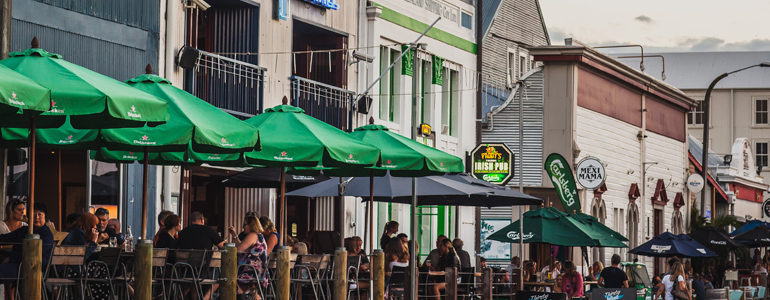
Destination Management (DM) requires a holistic and integrated approach with three interdependent components:
-
Visitor Experience: the destination’s experience offering, including activities, attractions, supporting infrastructure, services and
-
Marketing and Promotion: the destination’s marketing and promotional activity, creating demand and enabling the destination to be competitive, productive and
-
Resource Management: the destination’s strategy, policy and regulatory frameworks, Te Tiriti o Waitangi, organisational structures and the investments that support the destination.
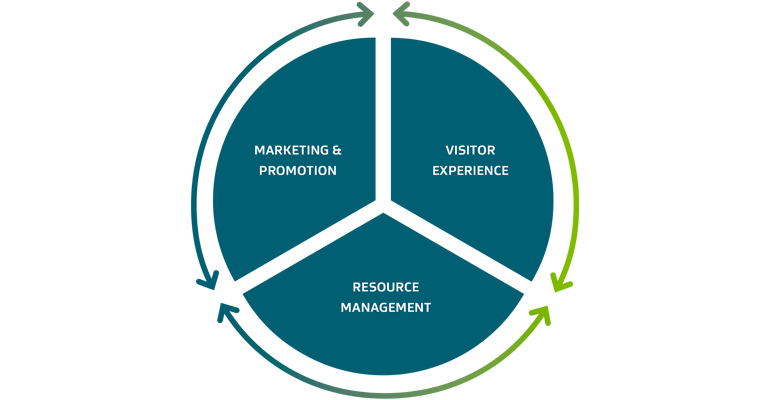
Diagram description
Compelling visitor experiences
Visitors engage with people, places and products, but they take away experiences and lifelong memories. Great destinations exceed visitors’ expectations and provide high levels of satisfaction. This is how value is created in tourism. DM requires a strong ‘visitor-centric’ view that has the visitor experience at the heart of decision making. It makes sure the experience meets the needs of the visitors, both current and future.
A destination’s ‘hero’ experiences act as key drivers of visitation, creating awareness of the destination and providing compelling reasons to visit. This helps to create demand from which other tourism enterprises in the area can leverage off. Today’s global travellers are spoilt for choice and have high expectations, creating strong competition for the visitor dollar, both within international markets and domestically across New Zealand’s regions.
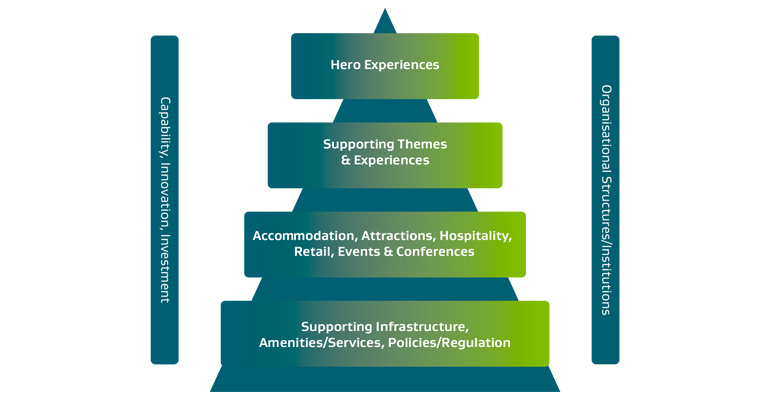
Diagram description
“Hero experiences are those world-class or iconic experiences that provide a destination with a real competitive advantage over other destinations. They focus on what is truly unique, memorable or engaging about the destination.”
Tourism & Events Queensland
International research shows that successful destinations fulfil each aspect of the visitor journey and experience. They have a strong brand and a diverse offering. This includes a good supply of natural, historic and cultural attractions, varied accommodation types and a range of hospitality offerings. They also have quality infrastructure, services and amenities, which collectively help the destination to be attractive, competitive and sustainable.
Destinations can be at different stages of maturity and scale and therefore, may not be able to fulfil all of the above requirements. Stakeholders need to understand how visitors’ experience their place and be realistic about what they can offer and what resources are available, setting their expectations and priorities accordingly.
Effective Marketing and Promotion
A destination’s marketing and promotional activity is a core part of managing a destination effectively, targeting the right type of visitors, encouraging regional dispersal and addressing seasonality – that is, the right product(s) to the right market(s) at the right time(s).
Destinations focus on attracting both domestic and international visitors, including general holiday visitors, and visitors who may visit family and friends, or be attracted for an event, conference or study opportunity. They target different markets and segments through a range of promotional activities to realise the value for their destination from tourism, given their goals/ aspirations and the types of experiences that appeal to their selected markets.
Marketing activities often involve partnerships between the RTOs/EDAs and the tourism industry, as well as TNZ in the international market. RTOs play a lead role in coordinating their destination’s domestic marketing activities.
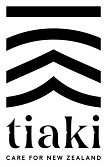
Marketing can also be a vital communication tool for connecting with the local community. It is important to bring locals along on the DM journey. Every resident is an ‘ambassador’ (or detractor) for the area; therefore, it is important to engage and empower communities, keeping them informed in a way that encourages them to be great advocates for the sector and welcoming visitor hosts. It also helps local residents to feel proud of their place.
Effective marketing can be used to manage the effects of visitors in the area by advocating for responsible visitor behaviour e.g. the Tiaki Promise(external link), as well as directing visitors during crisis events or natural disasters.
Case study
Hamilton & Waikato tourism ambassadors
The Ambassador training programme has been developed by Queenstown Resort College and is designed to upskill frontline staff from Hamilton tourism businesses, hospitality and accommodation providers, transport operators, retailers and volunteers to help expand their local knowledge by providing simple tools to create positive and memorable experiences for leisure and business travellers to the city. These include the history and unique stories of the Mighty Waikato region and Kirikiriroa/Hamilton, including local Māori history and legends, the experience of early settlers and how the local economy has evolved to present day. They also receive tips on how to better connect with visitors from key international markets, ensuring they are left with a positive and lasting impression of Hamilton and the Waikato.
The Ambassador programme is now in six locations around New Zealand, including Auckland, Queenstown, Wanaka and Northland.
Jason Dawson, CE, Hamilton & Waikato Tourism
Resource management
Central and local government strategies and policies, as well as regulatory and planning frameworks, determine the environment within which the tourism sector operates. This includes the location, type and scale of tourism activity permitted within an area.
Local government are also significant investors in the core infrastructure, amenities and attractions that communities and visitors enjoy, such as (but not limited to) museums, galleries, convention centres, parks and reserves. They are responsible for place making/shaping, which is an integral part of the destination offering. They also determine New Zealand’s regional areas and fund the structures that coordinate, develop and promote the region/destination e.g RTOs, EDAs.
Successful destinations have strong leaders and champions, fit for purpose organisational structures, and collaborative partnerships and coordinated delivery across all aspects of the destination. In the New Zealand context, this is particularly important in partnerships between the Crown and iwi.
“Place making lies at the very heart of economic development. Places that have invested in the infrastructure and amenities that make good experiences have become the places that people want to visit, live, study and work. When destinations invest in place making in a determined fashion the flow on investment and benefits go far beyond tourism as businesses need to locate in the places talent wants to live.”
David Perks, GM Regional Development Destination and Attraction, WellingtonNZ
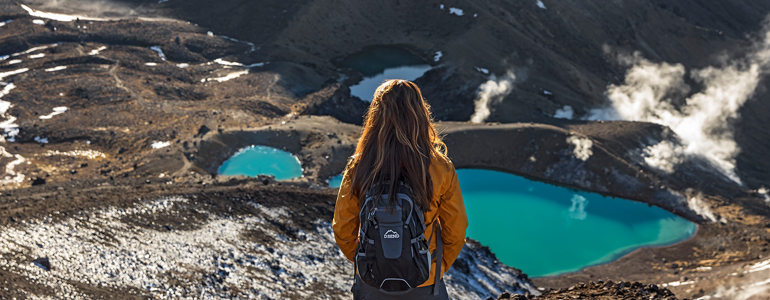
Graeme Murray, Alpine Crossing, Ruapehu
![]()
Successful destinations are characterised by a high degree of alignment between national, regional and local planning frameworks including visions and goals.

